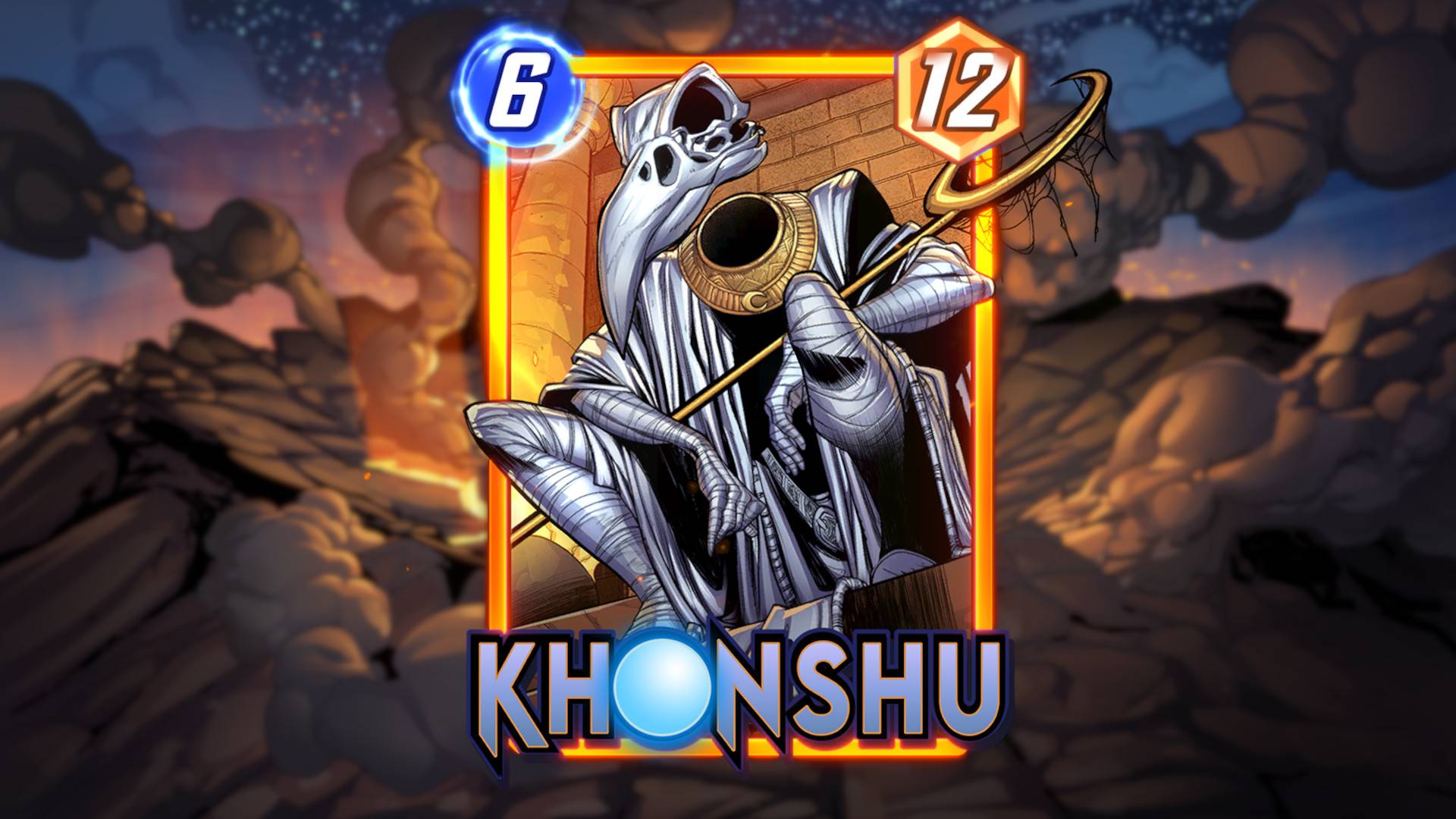Netflix expands the Witcher universe with The Witcher: Sea of Sirens, a new animated film based on Andrzej Sapkowski's short story, "A Little Sacrifice." Set between seasons of the live-action series, the film follows Geralt and Jaskier as they investigate a sea monster terrorizing Bremervoord, a coastal duchy. Their investigation intertwines with the tragic romance between Prince Agloval and the mermaid, Sh’eenaz, and reveals Lambert's childhood connection to Bremervoord.
Table of Contents
- What is The Witcher: Sea of Sirens About?
- Art Style and Animation
- Action Sequences: Visually Impressive but Flawed
- Storyline: A Mixed Bag
- Comparison to Previous Adaptations
- Behind-the-Scenes Insights
- Fan Reactions and Criticism
- Future Prospects for Witcher Media
- Broader Implications for Fantasy Franchises
- Should You Watch It?
What is The Witcher: Sea of Sirens About?
 Image: netflix.com
Image: netflix.com
The Witcher: Sea of Sirens adapts "A Little Sacrifice," reimagining Agloval as a young prince and expanding on his relationship with Sh’eenaz. The film also explores Lambert's past, revealing his friendship with the poetess, Eithne.
Art Style and Animation
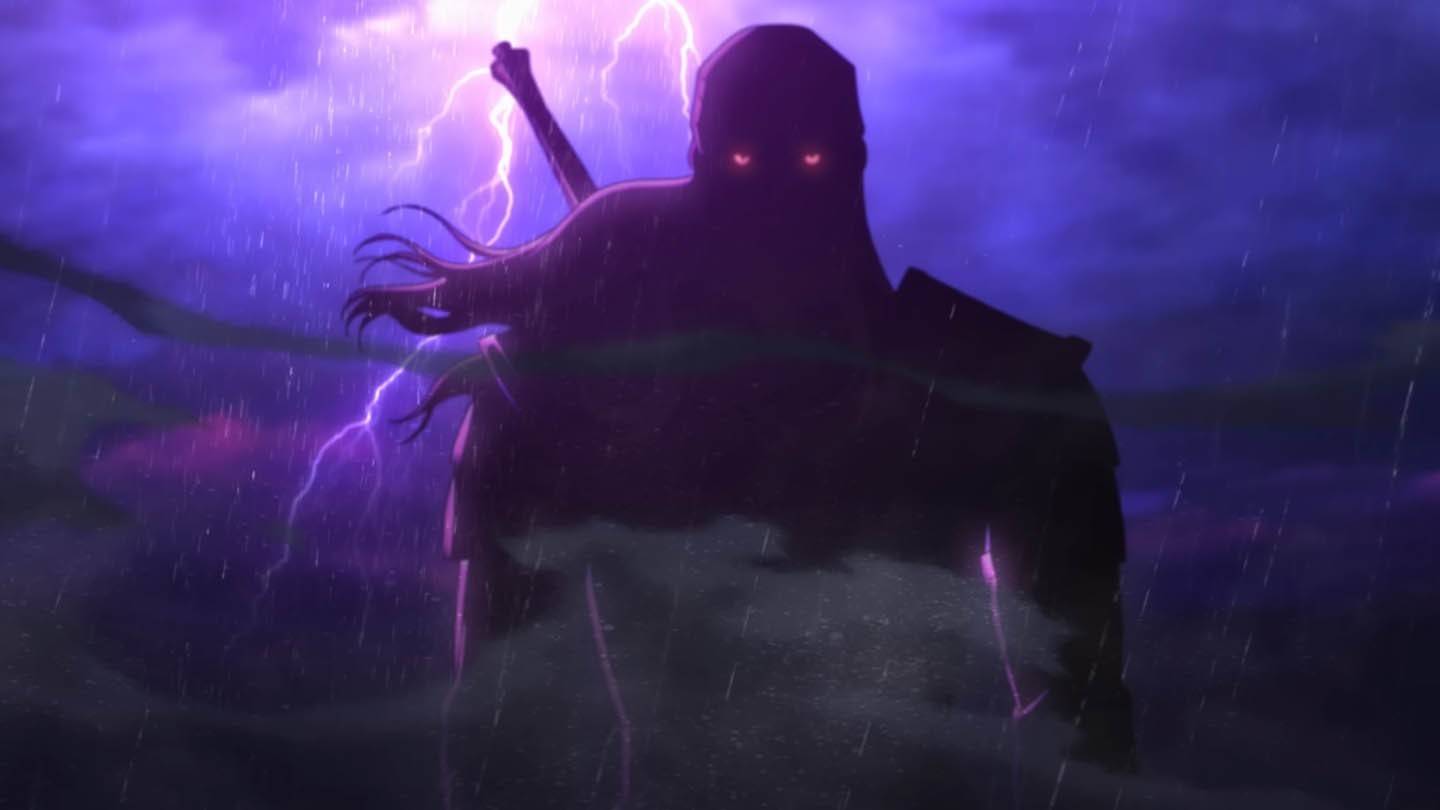 Image: netflix.com
Image: netflix.com
Studio Mir’s distinctive style shines, particularly in the underwater sequences. The merfolk designs are intricate and unique, speaking a dialect of Elder Speech. However, character designs sometimes feel inconsistent with the live-action series, with some characters lacking the same polish.
Action Sequences: Visually Impressive but Flawed
 Image: netflix.com
Image: netflix.com
The action sequences are visually stunning but prioritize spectacle over strategic depth. Geralt’s combat feels less tactical than in previous iterations, leaning towards superhero tropes.
Storyline: A Mixed Bag
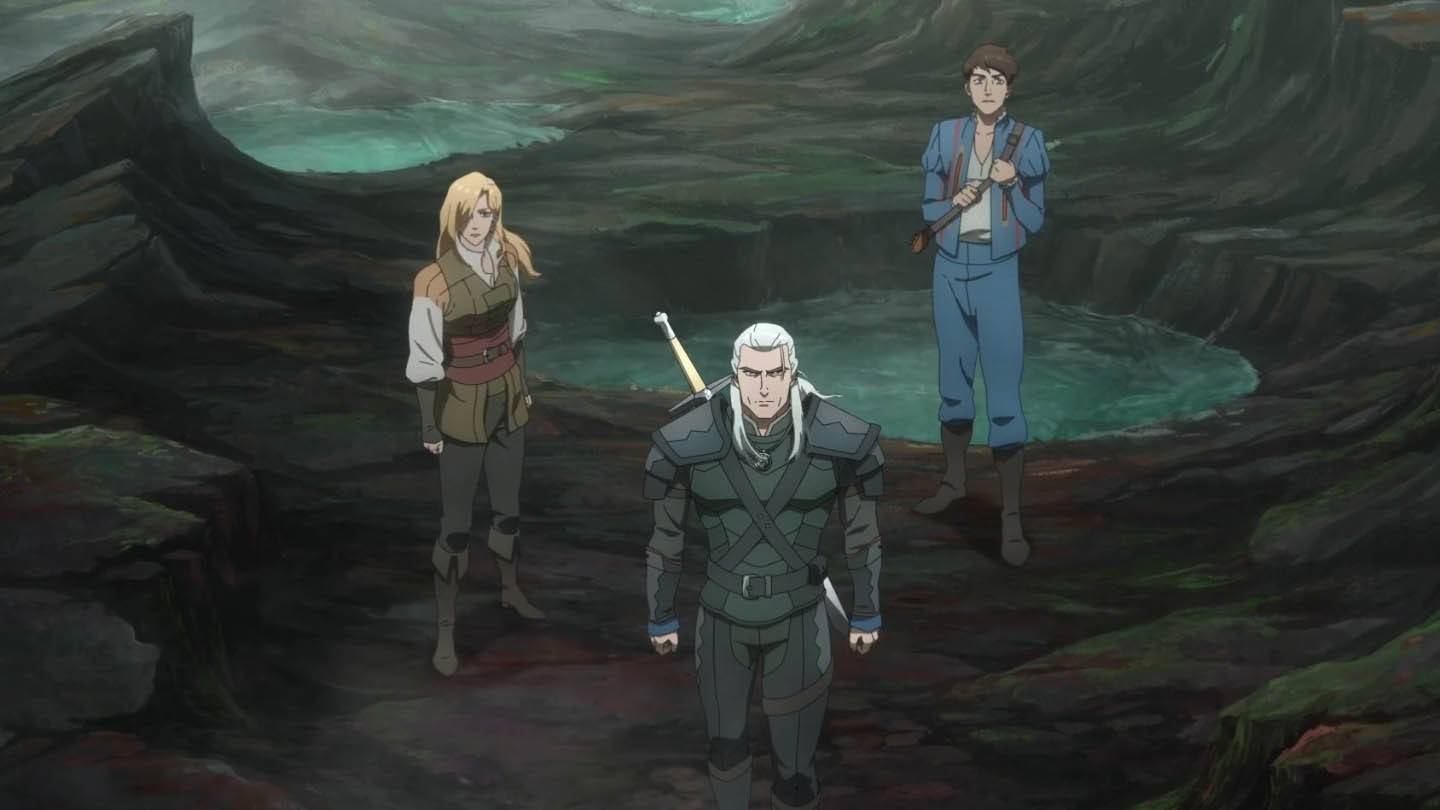 Image: netflix.com
Image: netflix.com
The narrative attempts to balance romance, interspecies conflict, and Geralt's internal struggles, but relies on clichés and awkward tonal shifts, including an out-of-place musical number. Eithne's character arc feels underdeveloped, and Geralt's moral dilemmas lack depth.
Comparison to Previous Adaptations
 Image: netflix.com
Image: netflix.com
Compared to Nightmare of the Wolf, Sea of Sirens is narratively weaker, prioritizing visual spectacle over emotional depth. However, its animation and underwater sequences elevate it above mediocrity.
Behind-the-Scenes Insights
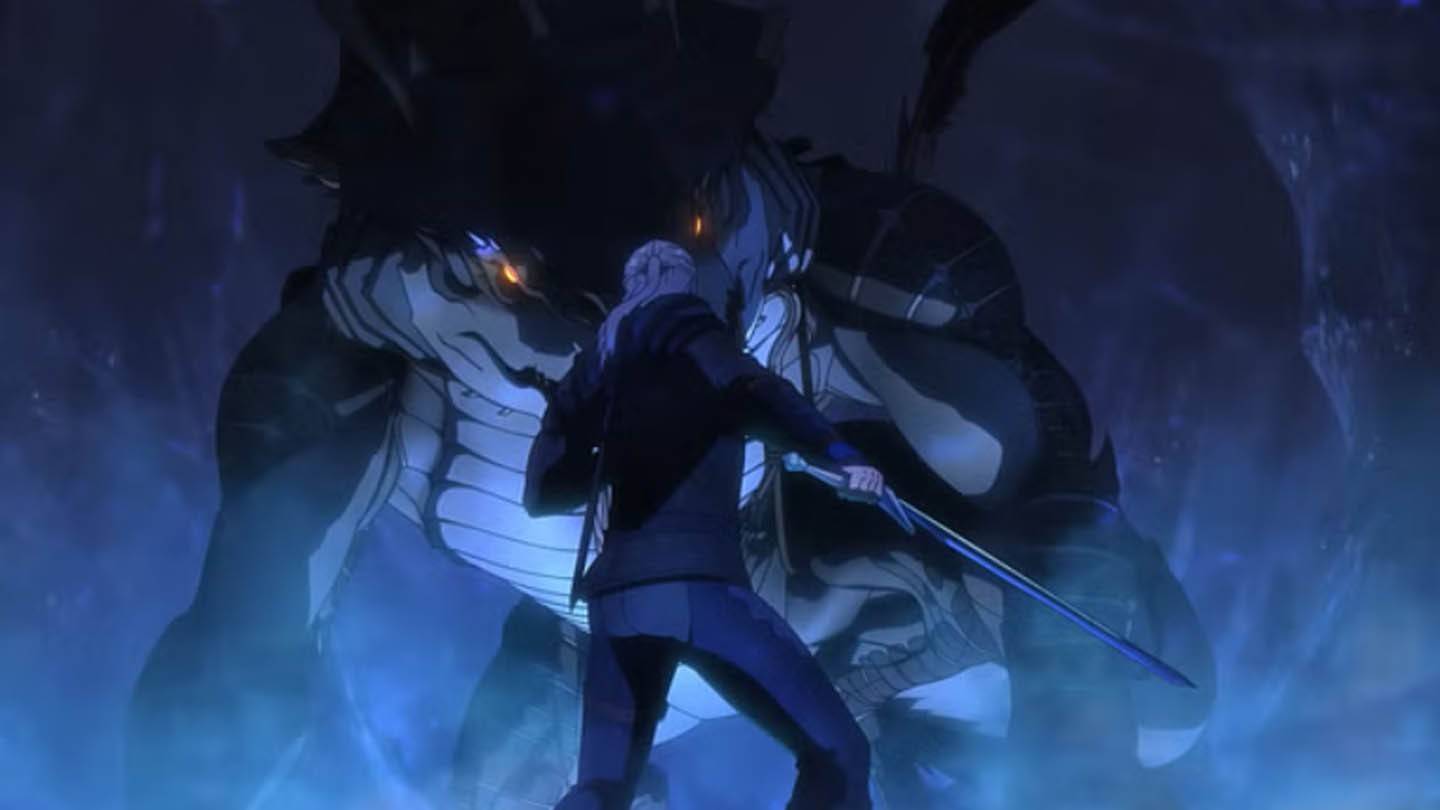 Image: netflix.com
Image: netflix.com
The production faced challenges balancing fidelity to Sapkowski's work with modern animation techniques. Designing the merfolk, balancing beauty and menace, proved particularly challenging.
Fan Reactions and Criticism
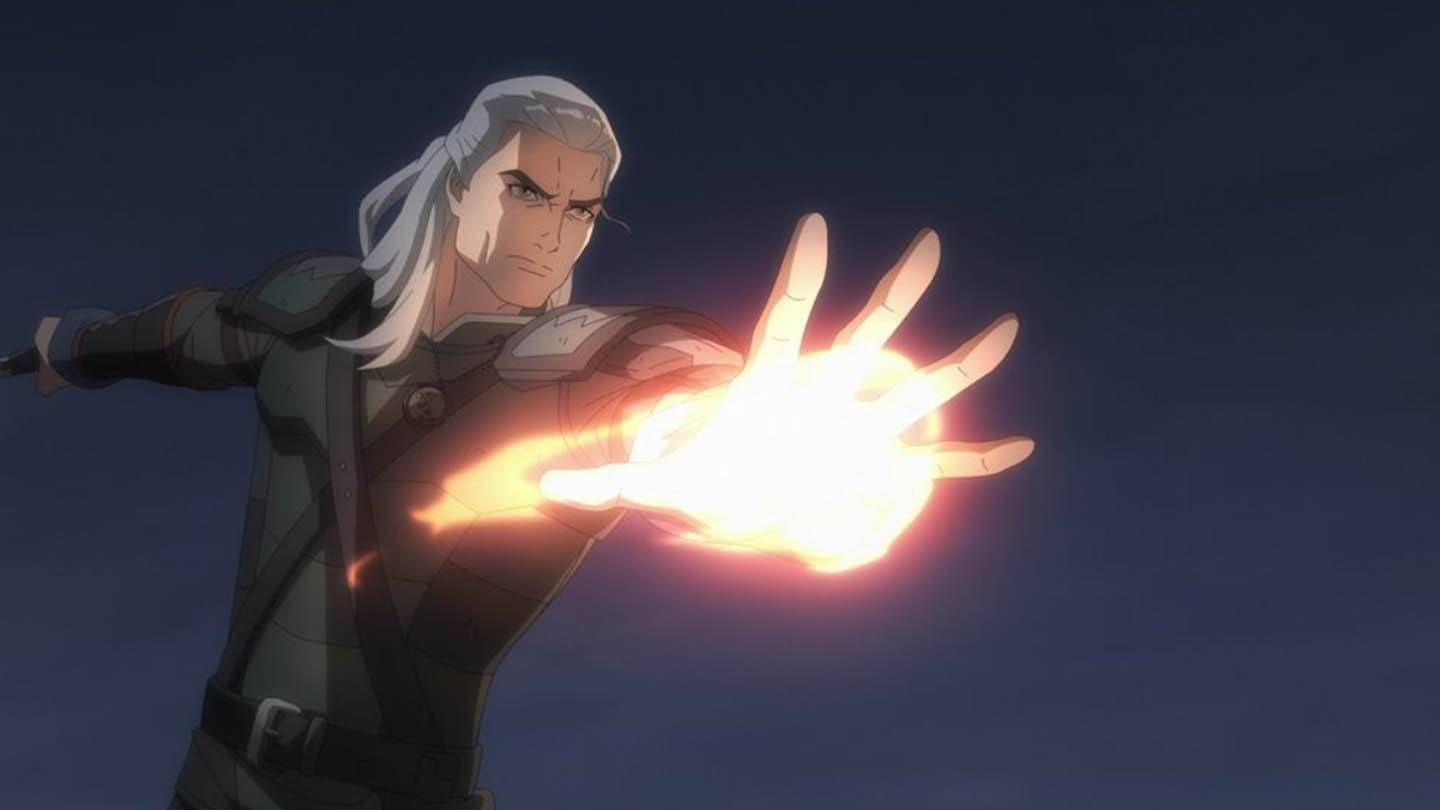 Image: netflix.com
Image: netflix.com
Fan reception is mixed. While some appreciate the adaptation of a lesser-known story, others criticize liberties taken with characters, particularly Geralt's fighting style and Eithne's portrayal.
Future Prospects for Witcher Media
 Image: netflix.com
Image: netflix.com
Sea of Sirens' release raises questions about future Witcher projects. Will Netflix continue with animated films or focus on the main series? More content seems likely given the success of previous adaptations.
Broader Implications for Fantasy Franchises
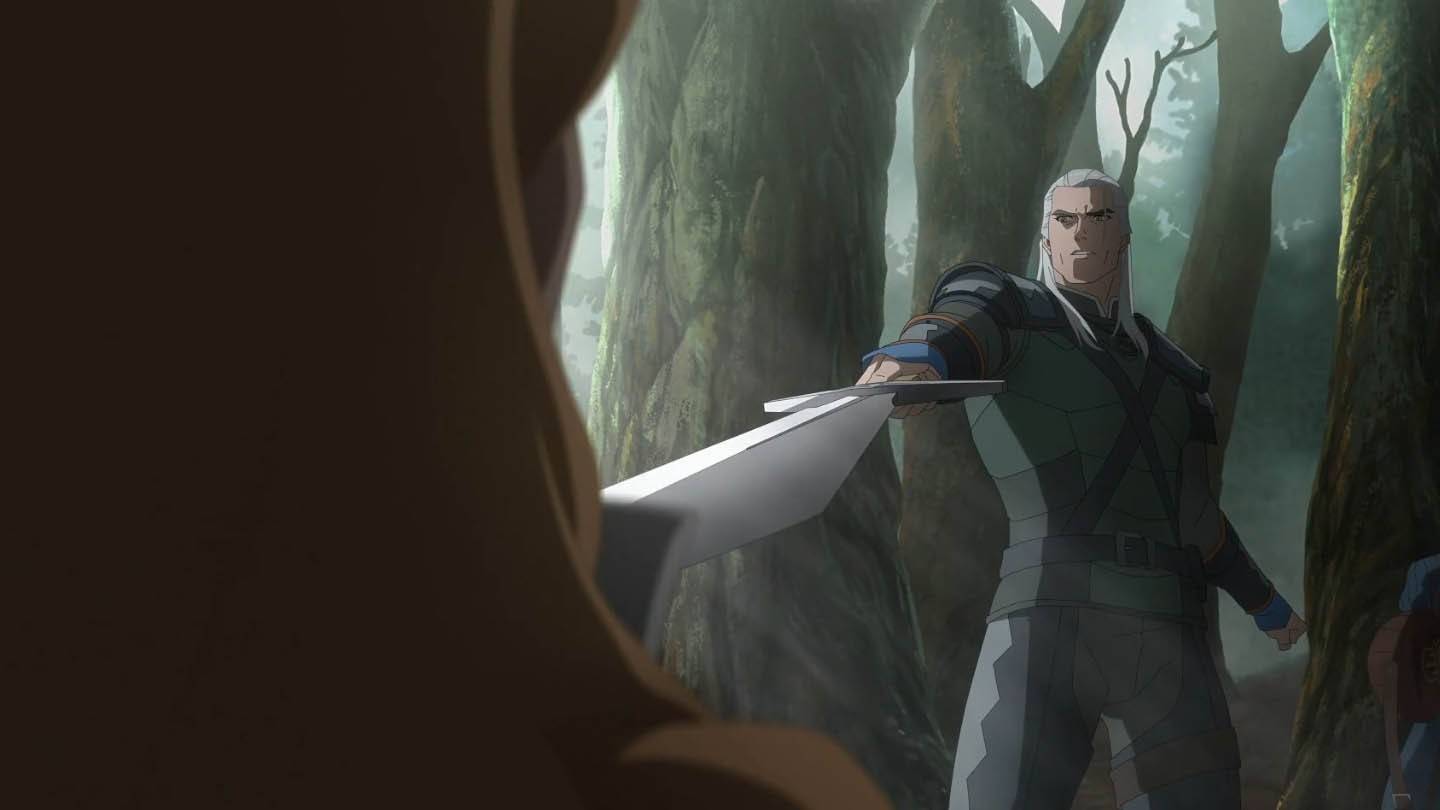 Image: netflix.com
Image: netflix.com
Sea of Sirens highlights the challenges of adapting literary works, balancing artistic license with respect for source material. It serves as both a success and a cautionary tale, illustrating the potential and pitfalls of bringing complex narratives to screen.
Should You Watch It?
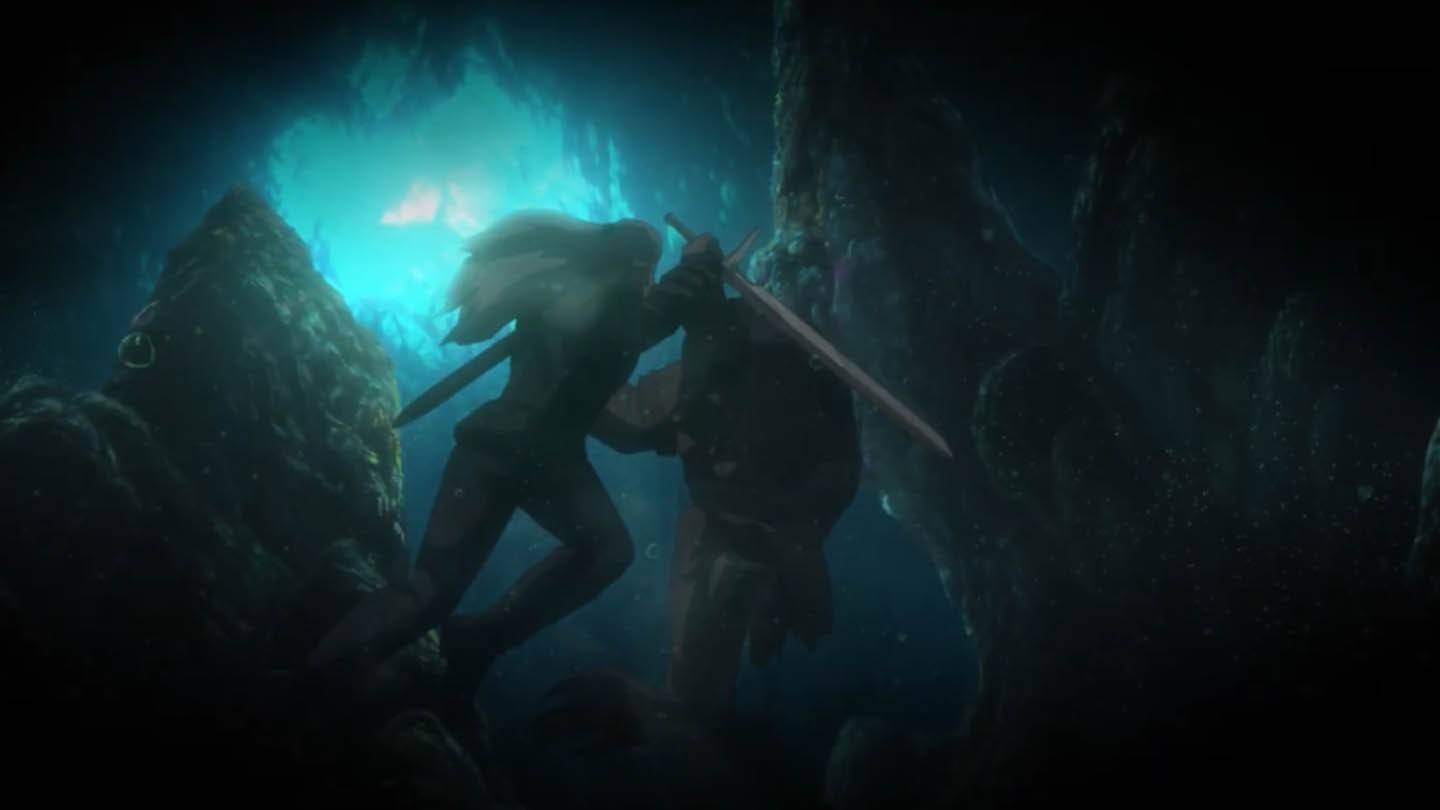 Image: netflix.com
Image: netflix.com
Die-hard fans and those interested in Studio Mir's interpretation might enjoy Sea of Sirens for its visuals and faithful adaptation of certain elements. However, those seeking a cohesive narrative or deeper character exploration might be disappointed. It's a visually engaging but narratively flawed addition to the Witcher lore.


